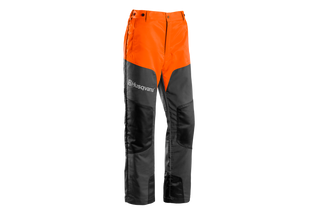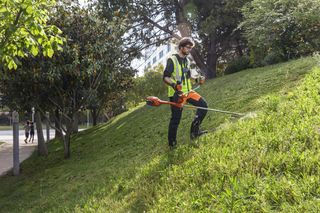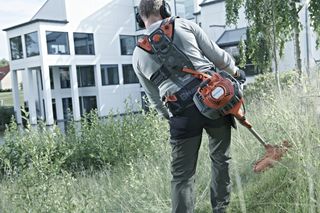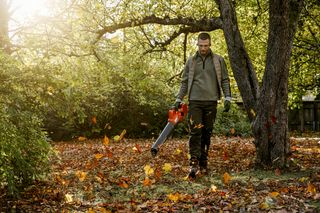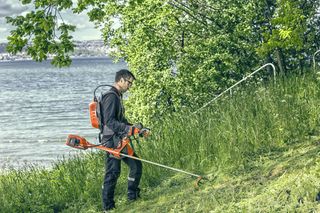
How to Create the Perfect Fire Pit for Your Garden
Looking for Fire Pit inspiration? Try our illustrated guide to garden Fire Pits, designed with award-winning garden and landscape designer, Matthew Wilson. We cover 6 different fire pit designs and discuss the build difficulty, cost and recommended fuel source for each style.
Once the reserve of the camping community, fire pits are now one of the most sought-after features for UK homeowners. Whether you’re looking to keep hands toasty when autumn sets in, or need a place to gather friends during the summer months, fire pits provide the ideal setting for evening relaxation.
But before you rush out to build your beautiful new garden accessory, you may want to do some research. For instance, do you know what materials are better-suited to your garden? And are you working to a budget? With so much to consider, it’s certainly worth putting time aside to do your research.
And this is the best place to start. With the help of award-winning garden and landscape designer Matthew Wilson, we’ve created the following guide to help you pick the most suitable fire pit for your pad.
Which materials are most suitable for your fire pit?
Fire Pit with Integrated Seating
Fire bowl designs are a popular choice amongst those who like the flexibility of a mobile fire pit. These are also well-suited to those who have small gardens with limited seating. In contrast, stone designs with integrated seating are a great option for those with larger gardens.

| Build difficulty | 2/5 |
| Cost scale | 3/5 |
| Fuel type(s) | Gas |
In-Floor Fire Pit
Once you’ve chosen your perfect style, the next step is to consider what materials will be needed for your pit. From stone to stainless steel to copper, there are a whole host of materials well-suited to fire pits, but each will come with a different set of costs and demands.
Stone, for instance, has a superb rustic look, but can be costly and difficult to move, whilst stainless steel fire pits are cheaper and light-weight. Similarly, fire pits which require ground excavation or ground pipe installation, such as in-floor fire pits, can quickly cause gardeners to burn through their budgets, so to speak.

| Build difficulty | 5/5 |
| Cost scale | 4/5 |
| Fuel type(s) | Gas |
Table-top Fire Pit
You’ll also need to consider the amount of time you’re prepared to invest in your fire pit. Fire pits with integrated seating, for instance, are likely to take much longer to construct than a stone fire pit, which is simply dug into the ground.
If you’re looking for a fire pit in time for summer, opt for a table-top pit. For something which is going to be a staple feature of your garden for years to come, try a sunken, integrated or covered fire pit.

| Build difficulty | 1/5 |
| Cost scale | 3/5 |
| Fuel type(s) | Gas |
Where should you position your fire pit?
Fire Pit with Swings
Fire pits provide intense sources of heat, so it’s important that you position it a safe distance away from people, animals, or plants in your garden.
This is why you should map out the space you’re working with before you choose your pit. As our landscape gardening expert, Matthew Wilson, advises, the fire itself should be “around 50cm-1m away from any seating”. Similarly, swings and walls should be far enough away that they are not a fire hazard.

| Build difficulty | 3/5 |
| Cost scale | 4/5 |
| Fuel type(s) | Wood |
Covered Fire Pit
Matthew also recommends leaving around 3m to 4m space between branches/foliage and your fire pit. If you’re concerned about nearby trees, you might want to look at getting a covered fire pit instead.

| Build difficulty | 5/5 |
| Cost scale | 5/5 |
| Fuel type(s) | Gas |
To err on the side of caution, always make sure you place your fire pit on a fireproof surface, such as hard stone, cement or tile. If you opt for a wood-fired pit, you should invest in screens to keep embers and sparks from flying. Also remember that, if you have children, it is a good idea to put your fire pit in a cordoned off area, such as behind a fence.
What is the best fuel for a fire pit?
Despite common belief, not all fire pits are wood-fuelled; many designs are more suited to gas. This will make a huge difference to the type of flame you get and the lifetime cost of your fire pit.
Wood Fire Pits
Wood is a popular fuel source because it is cheaper than gas and produces all the sights and smells of a traditional camp-fire. Plus, it’s great for grilling and barbecuing food – just be careful not to disturb your neighbours with burning ash and smoke.
Sunken Fire Pit
If you opt for a covered fire pit, a flue or chimney might need to be installed, which could be quite costly. If you have your heart set on a wood-fuelled fire pit, a sunken fire pit is ideal because the fire is naturally sheltered from wind and the heat is well contained.

| Build difficulty | 5/5 |
| Cost scale | 4/5 |
| Fuel type(s) | Wood & Gas |
If you do opt for wood, Matthew Wilson recommends avoiding resinous woods, such as conifer, as they burn too fiercely and can be dangerous. Oak and other hardwoods are good choices because they burn slowly, while ash and birch are also decent fire-starters. For a lovely aroma, Matthew recommends cherry wood.
Gas Fire Pits
Unlike a wood fire pit, a gas model won’t produce ash, but will need to be plumbed in by a professional. The final look is enviable, however, it could come at the expense of your budget.
A gas fire pit is often the preferred choice for those who are regularly out in their garden, while wood is better for those who only go out every so often.
Here is some more information about fire pits and their fuel sources:
| Type of Fire Pit | Ideal Fuel Type |
| Stone | Usually Wood, but Gas is possible too |
| Covered | Gas or Wood (With Flue/Chimney) |
| Fire pit with swings | Gas or Wood (With Flue/Chimney) |
| Sunken | Usually Wood, but Gas is possible too |
| In-floor | Gas is recommended |
| Table-top | Gas is recommended |
Now you know which fire pit is most suitable for you, it’s time to prime your garden for your new fire pit. Browse our range of garden power tools for the best lawn mowers, leaf blowers and hedge trimmers to help you on your way.
